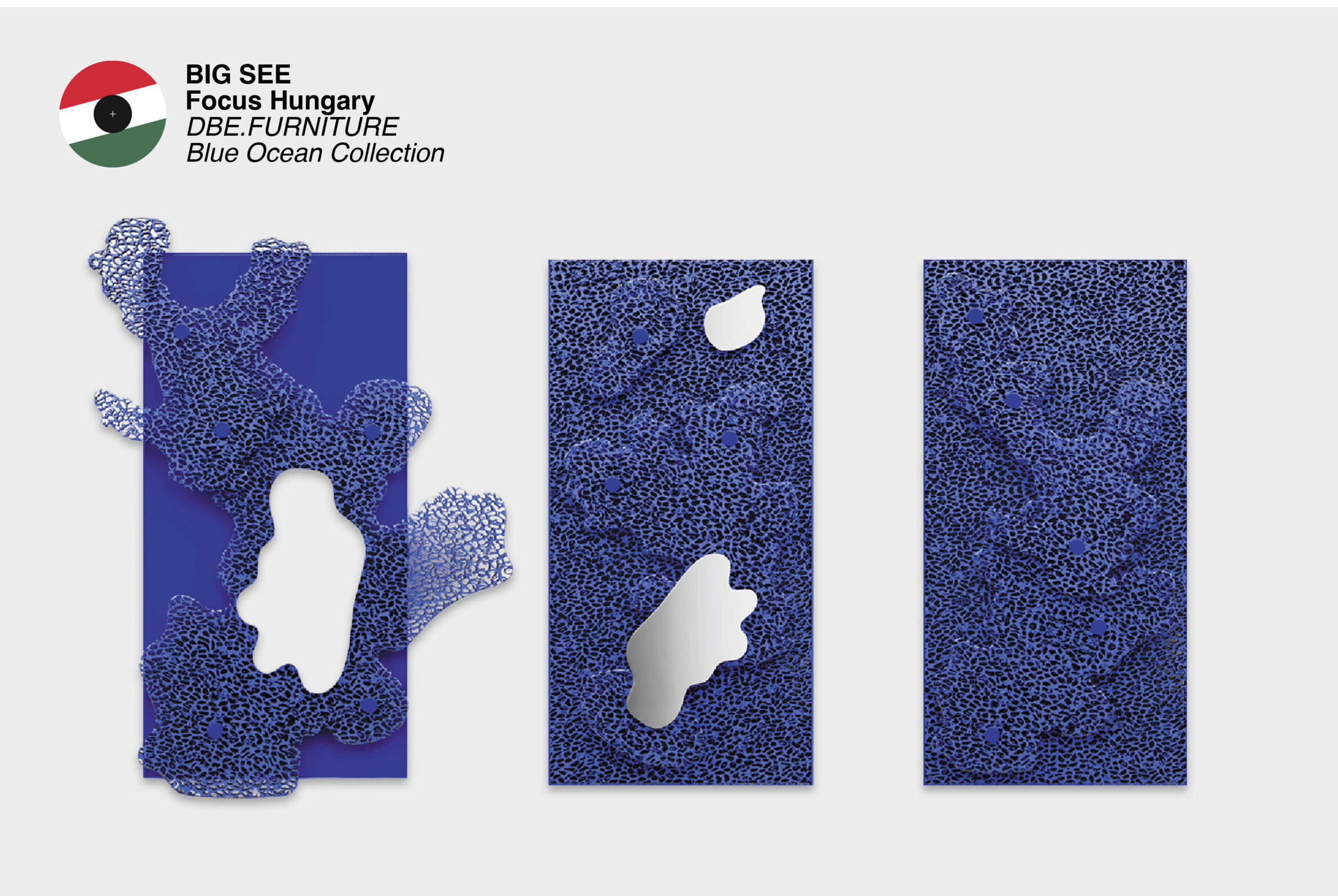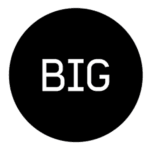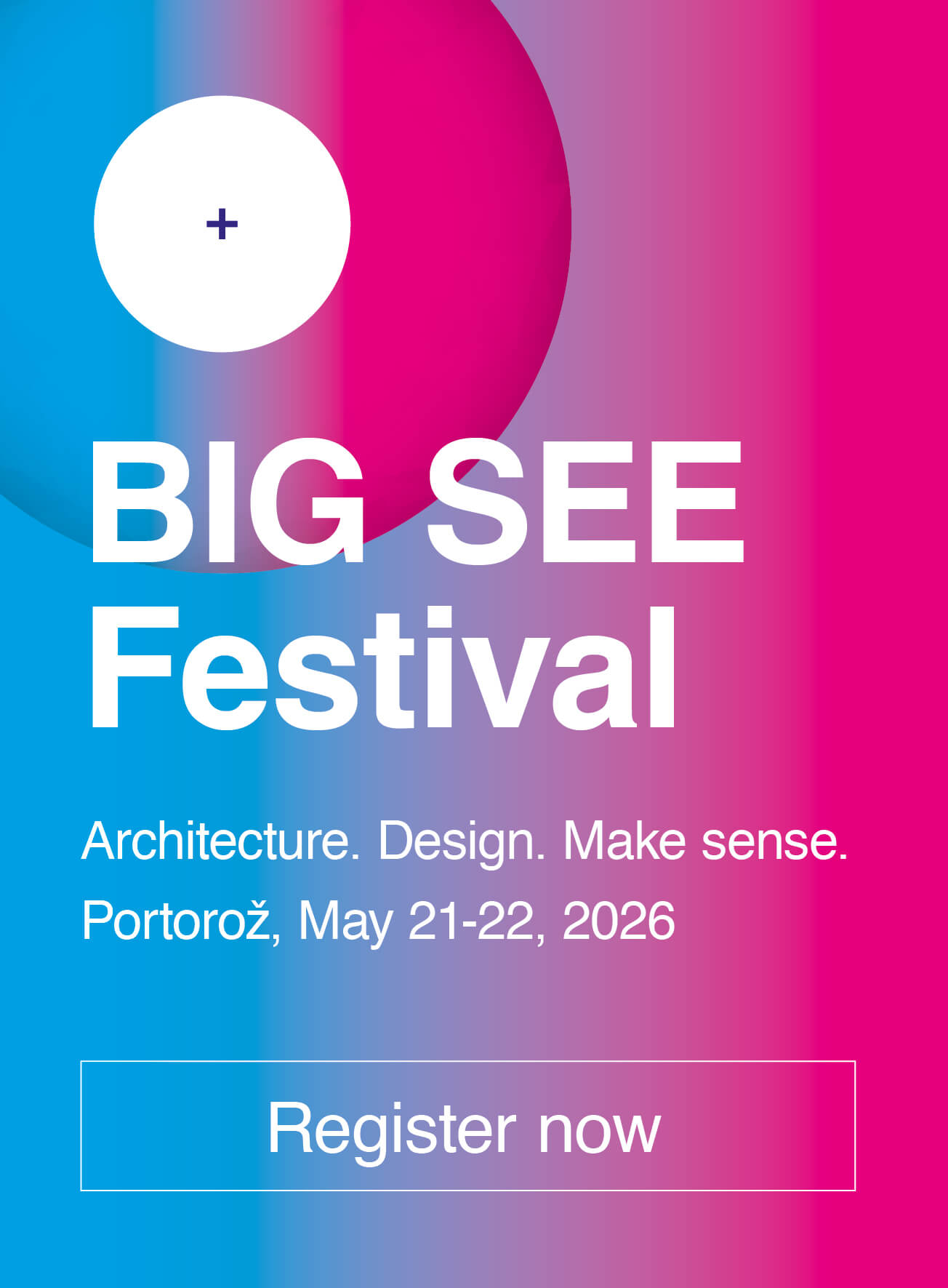3 Questions for Adam Bence Kiss
Q: In a market full of minimalism, your pieces stand out. Is this a conscious reaction to current trends, or a natural outcome of your approach?
A: I think both elements are present. On one hand, I grew up in a Hungarian and Central European design culture strongly shaped by the Bauhaus heritage and, later, by the rationalist tradition exemplified by Dieter Rams. The principle of form follows function – first articulated by Louis Sullivan and carried forward through modernist design – laid the foundation for a functionalist ethos. Over time, combined with the forces of mass production and business interests, this ethos evolved into what we now call minimalism, which has come to dominate much of the global market. Its dominance has also been reinforced by cultural influences such as Scandinavian and Japanese design, as well as the rise of minimalism as a marketed lifestyle – promoted as the ultimate expression of calm, clarity, and order in a complex world. And I believe that clarity and order remain among minimalism’s most valuable contributions, qualities that continue to influence my own practice.
At the same time, I also recognized its limitations. Applied too narrowly, this mindset can lead to results that feel aesthetically pure and emotionally closed. In contrast, if we look, for example, at Italian or French design, we more often find objects that communicate far more than functionality. They speak through form, colour, proportion, and texture, carrying values of beauty, narrative, and even joy.
As I developed my own studio, I realised that people are increasingly looking beyond minimalist or Scandinavian-style pieces. Minimalism, once a refined aesthetic, is now often associated with low-quality, mass-produced, and to many, even boring furniture. Many clients today want more: objects that carry personality and story, that feel like long-term investments, and that sustain emotional connections across generations.
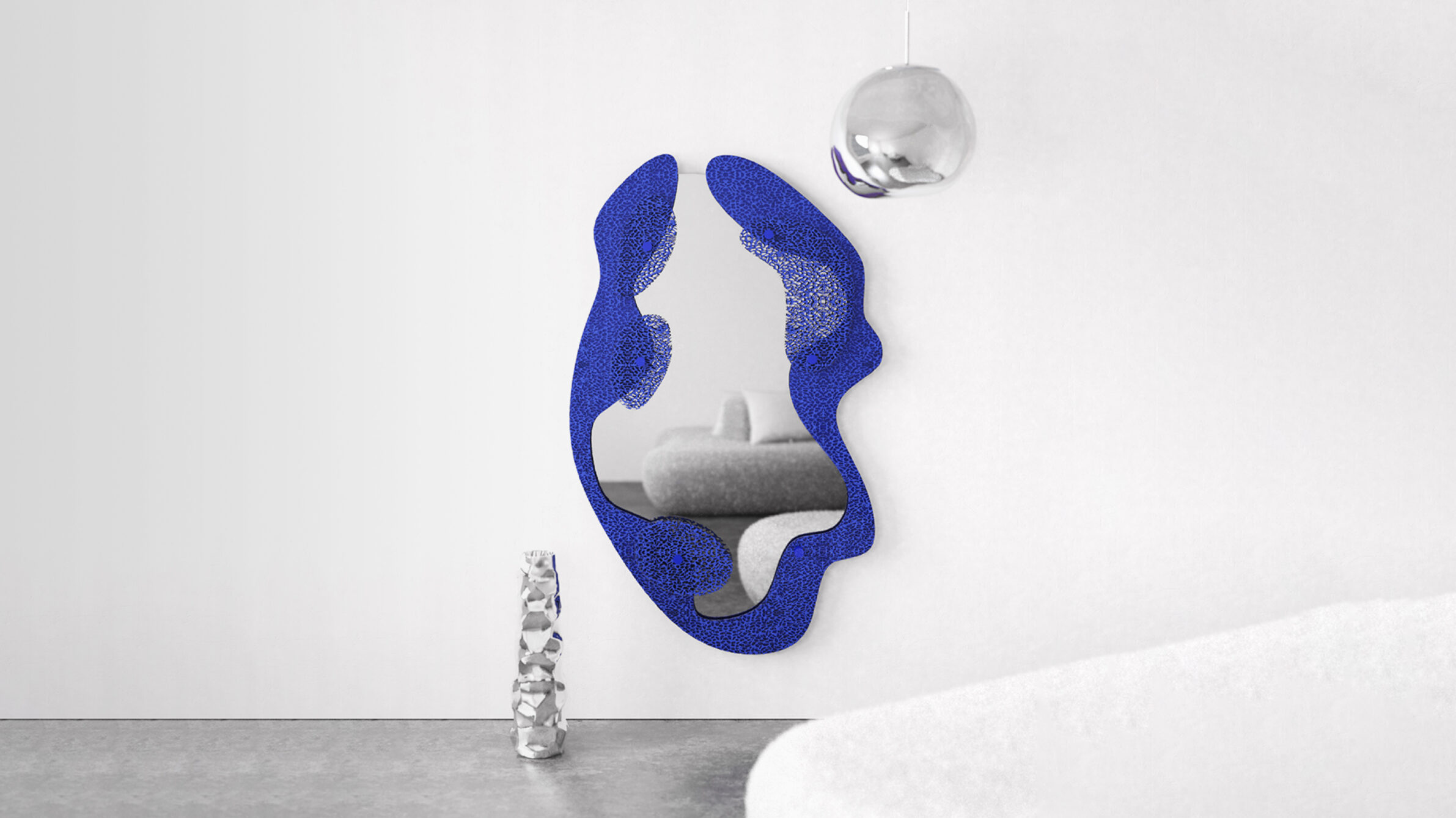
“This balance between clarity and expression, rationality and poetry, is what I believe makes design powerful.”
For me, this realisation was both a creative and business milestone. It was not only a reaction to market shifts but also a deeper desire to create objects that communicate values beyond function, and to establish a new aesthetics, or perhaps even a new style. My storage furniture embraces minimalistic forms, yet always with a subtle reference to archetypes. This comes through in gentle shifts of proportion and detail: brass-tipped legs that lift the piece with elegance, a warm wooden top encircled by a brass frame, or other refinements that allow the familiar to feel renewed. In this way, the forms remain clear and essential, while the materials – aluminium foam, brass, wood, and glass – are given space to express their textures, colours, and stories.
By contrast, the Blue Ocean Collection of Mirrors and Wall Panels is more figurative and expressive. Inspired by the sea and the coral-like character of foamed aluminium, the pieces carry the calm, depth, and mystery of the ocean into interiors. They transform walls into poetic sceneries: a single panel can feel like a fragment of nature preserved as art, while a larger composition can immerse the viewer in a rhythm that recalls the vastness of the sea. Although the panels are modular and rational in their construction, their presence is emotional and immersive, offering adaptability while evoking wonder.
This balance between clarity and expression, rationality and poetry, is what I believe makes design powerful. A beautiful piece of furniture or wall art can do more than serve a function: it can spark fascination, invite reflection, and create a bond strong enough that we fall in love with it. That emotional resonance is what I strive for – to create objects that are sustainable and lasting, yet carry the “wow factor” that makes them unforgettable.
“A beautiful piece of furniture or wall art can do more than serve a function: it can spark fascination, invite reflection, and create a bond strong enough that we fall in love with it”
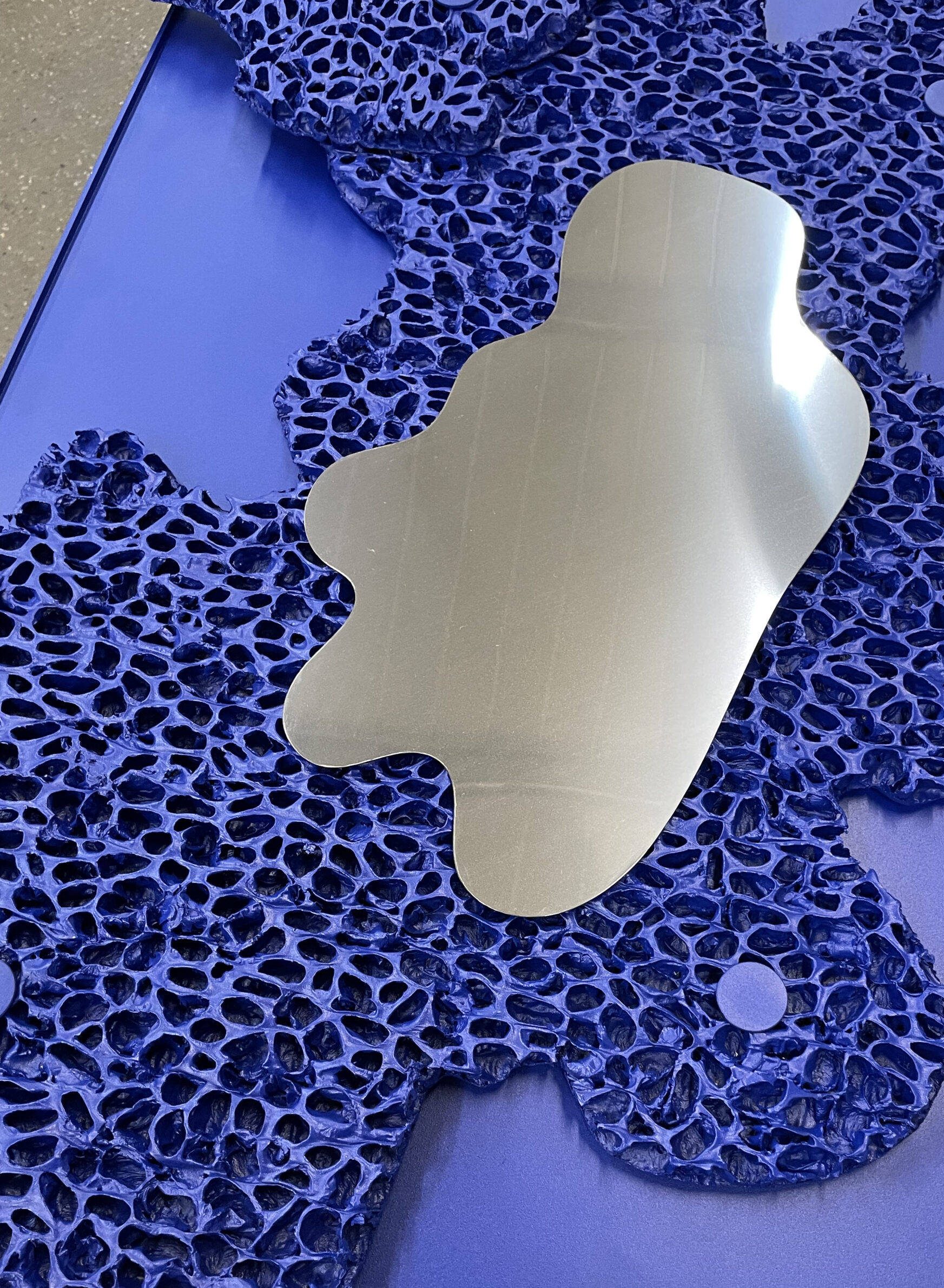
Q: What role does colour (especially blue) play in your design philosophy?
A: As I mentioned before, my work often seeks to move beyond pure function toward emotional resonance. Both form and colour play essential roles in this. Forms can communicate through proportion and archetype, carrying a kind of subconscious familiarity, yet it is colour that reaches us most directly and almost immediately. Colour acts instinctively – it can calm, energise, or provoke curiosity in a way that bypasses rational thought and speaks straight to our emotions.
Even within the Bauhaus tradition, which shaped so much of my creative language, there were designers like Johannes Itten who recognised colour as more than a technical element. His teachings placed colour in the realm of emotion and human experience, offering a balance – or even a contrast – to the functionalist ethos of form follows function. I feel connected to this line of thought: that colour carries symbolic weight and emotional substance, and that it can transform objects into experiences.
Blue, in particular, has a special place in my design philosophy. It is a colour of depth and mystery, associated with the sea and the sky, with infinity and transcendence. It embodies both serenity and intensity: it can be calming and meditative, but also bold and striking. In the Blue Ocean Collection, the ultramarine shade draws directly from the sea, evoking the vastness and vitality of nature while giving interiors a strong, emotional presence.
In my practice, colour always works hand in hand with material. Foamed aluminium has an inherently organic surface that recalls coral and natural textures, and colour intensifies these associations. A deep blue transforms it into a fragment of the ocean, a muted olive suggests earthiness and resilience, a bold violet resonates with richness and individuality. Each hue becomes a way of narrating a different mood, a different world.
Ultimately, colour allows me to create objects that are more than functional: they become emotional focal points. When we fall in love with a piece of furniture or a wall panel, it is often because of the atmosphere it creates through its material, form, and colour combined. Blue, in particular, carries that timeless ability to connect us to something larger – to nature, to memory, to imagination.
“Blue has a special place in my design philosophy. It embodies both serenity and intensity: calming and meditative, yet also bold and striking.”
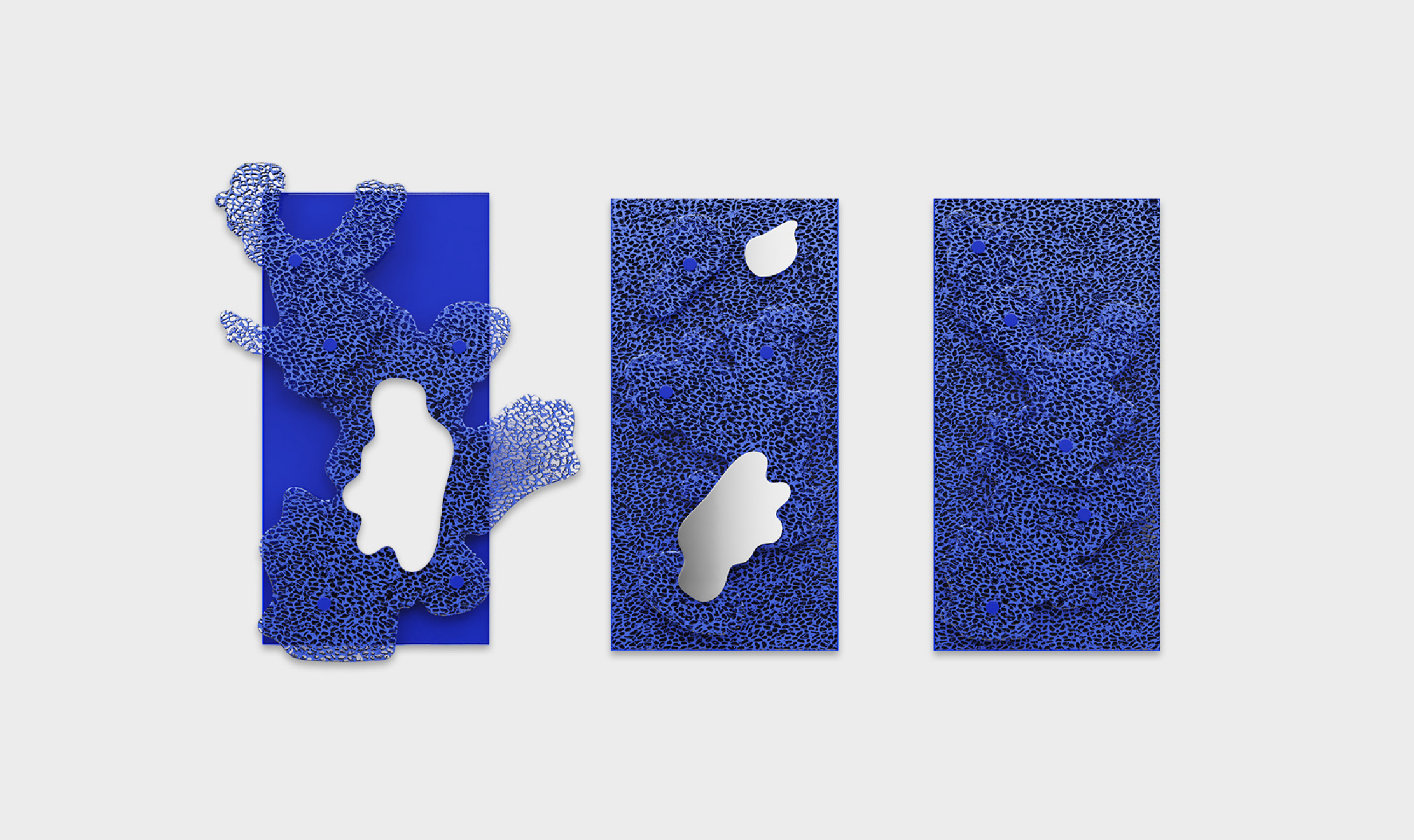
Q: When designing, do you start with material exploration, spatial context, or an emotional concept?
A: For me, it usually begins with an intention – a feeling or idea that seeks form through design. Just as language shapes thought, the act of creating a physical object immediately influences how that concept is born and evolves.
The process is not linear. At times the material leads, with its properties and limitations guiding what is possible, at other times, the concept or emotional resonance takes priority. Functionality, production realities, and technology always play a role, but they are only part of the picture.
Design, to me, is like tuning a complex system: proportion, surface, meaning, and function, all act as variables that must be balanced and aligned to stay true to the original intention. The challenge is not only to resolve these constraints but to elevate them – shaping the outcome with style, tactile richness, and emotion.
And while I often approach design with the rigour of problem-solving, in the end it is intuition, intention, and emotion that matter most. These are the forces that allow a piece to move beyond logic and function, and to take on a life of its own. For example, the cosmic story of aluminium inspired the Moon Collection, while the coral-like textures of foamed aluminium gave rise to the Blue Ocean Collection. Both began as intentions that found form through material and narrative.
“Blue carries the timeless ability to connect us to something larger – to nature, to memory, to imagination.”
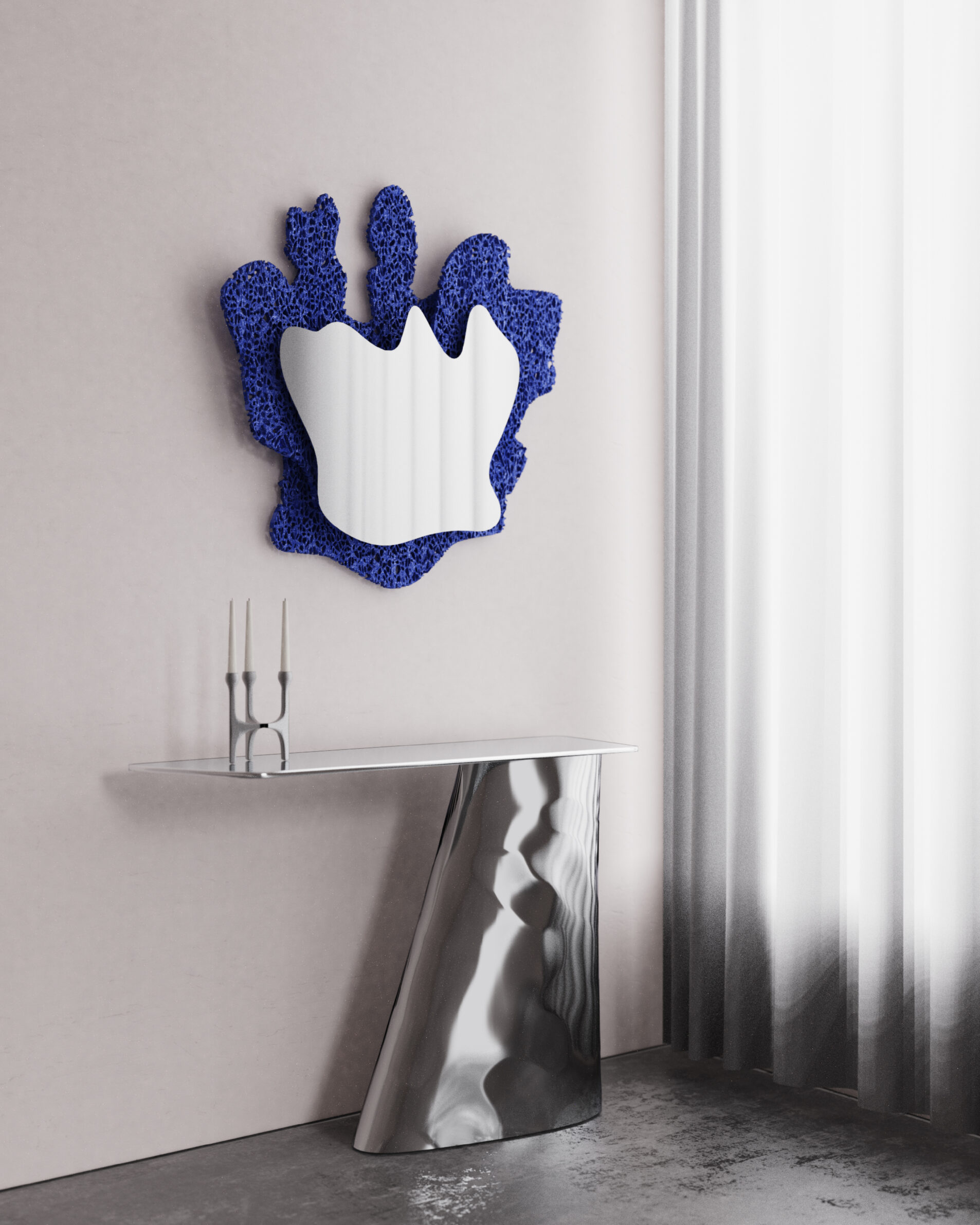
About Blue Ocean Collection
The Blue Ocean Collection of Mirrors and Wall Panels by DBE.FURNITURE draws inspiration from the depth of the sea and the intricate character of corals. Its extravagant ultramarine hue recalls the ocean’s shifting tones, bringing both vibrancy and calm to interiors. At its core lies an innovative material: foamed aluminium. With its porous, organic texture, it evokes the natural formations of coral, transforming a material of high-tech industrial origin into a surface of poetic resonance.
The Ocean Mirror stands as the centrepiece of the collection. Its bold proportions and reflective qualities create an immediate focal point in any interior, while its surface detail rewards closer observation with ever-changing visual depth. Alongside it, the modular wall panels expand the possibilities of the collection. Designed to work as standalone art pieces or as part of an integrated wall system, they allow for playful configurations that can range from subtle accents to immersive spatial compositions.
Through this combination of simplified forms and emotionally rich surfaces, the collection embodies a dialogue between nature, material innovation, and refined interior aesthetics. It invites viewers to see beyond the everyday, offering objects that are not only functional but also carry emotional and philosophical substance. In this way, the Blue Ocean Collection reflects DBE.FURNITURE’s pursuit of “unexpected beauty”: design that is modern yet timeless, technologically refined yet organic, bold yet deeply human.
“Design, to me, is like tuning a complex system: proportion, surface, meaning, and function must be balanced to stay true to the original intention.”
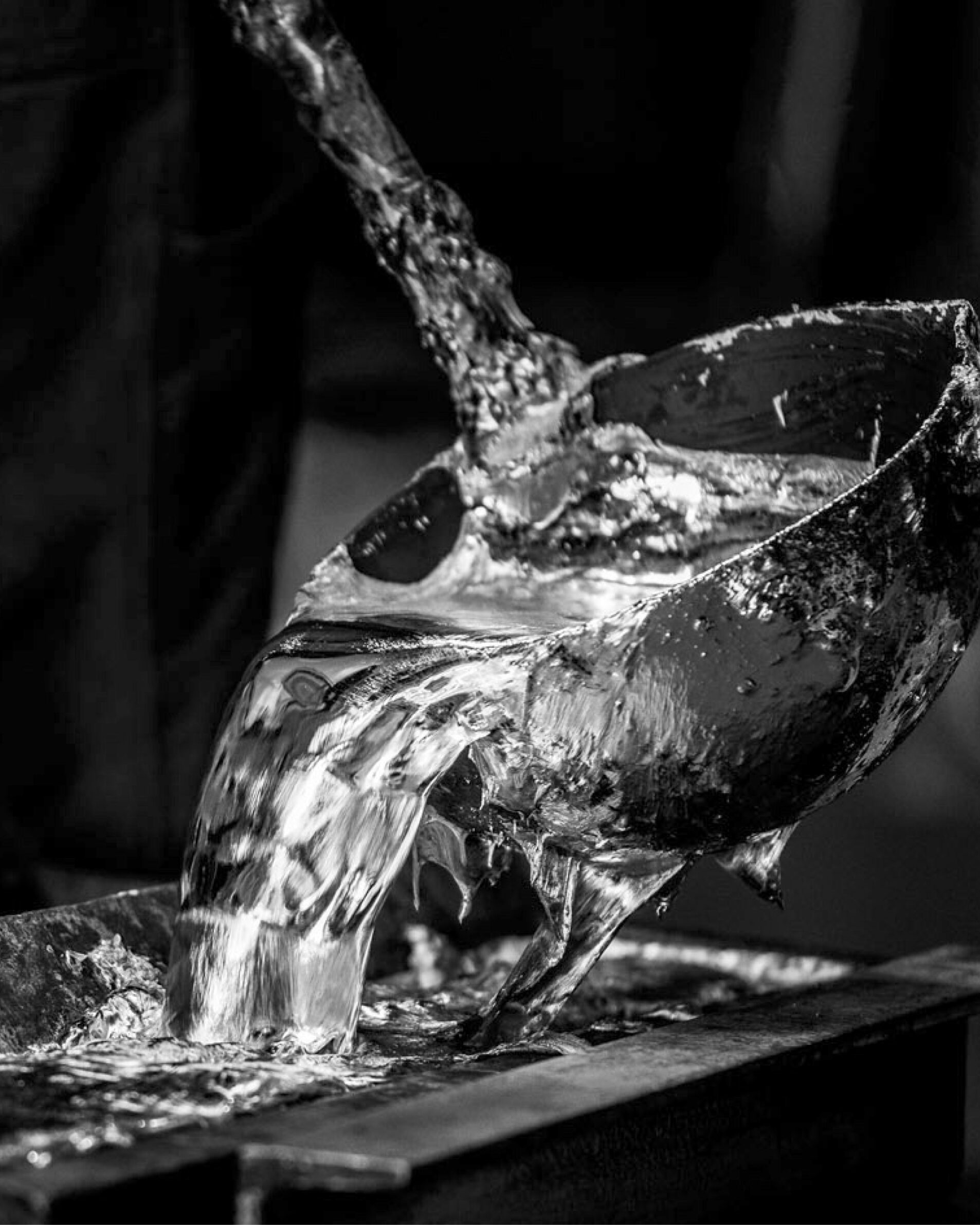
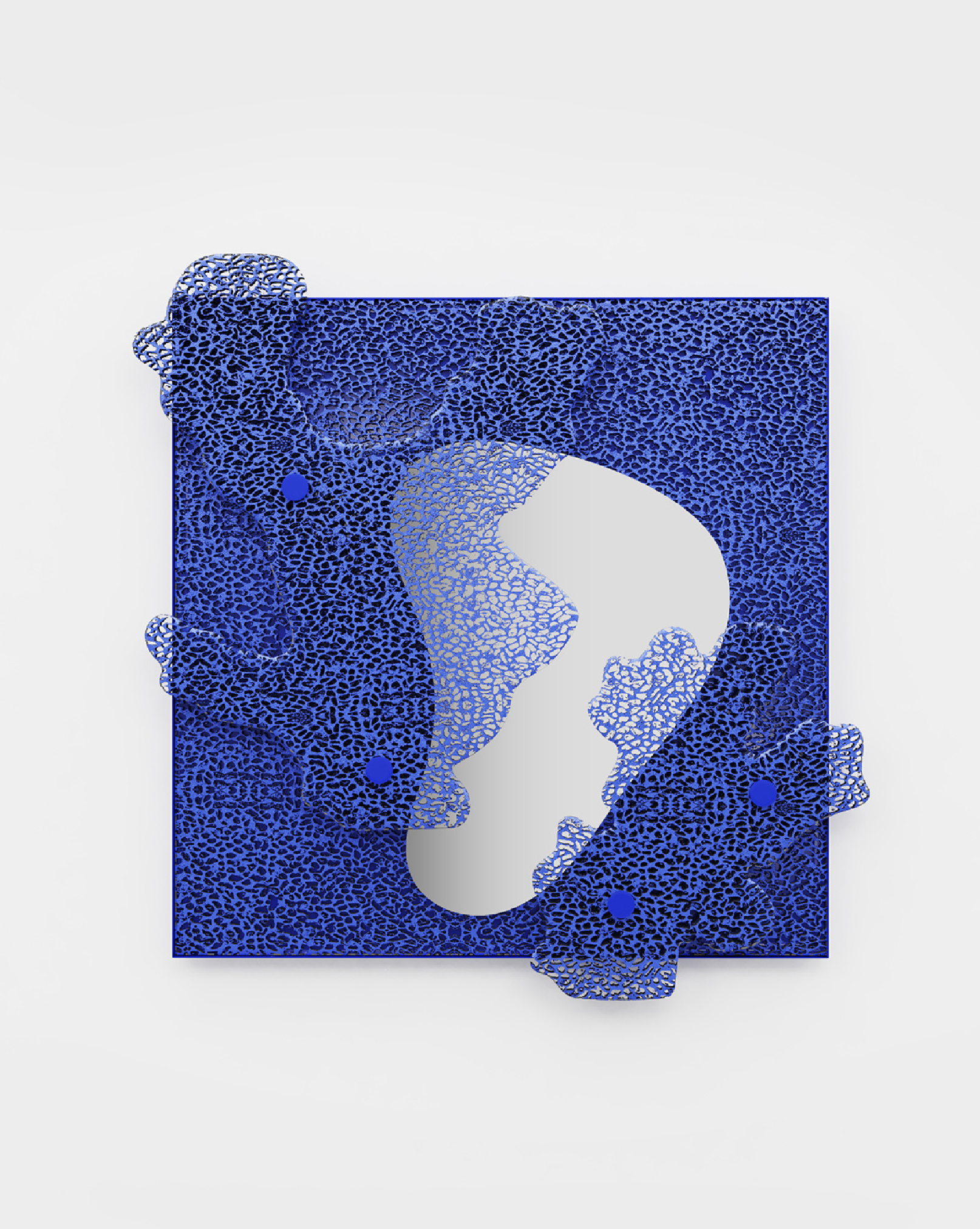
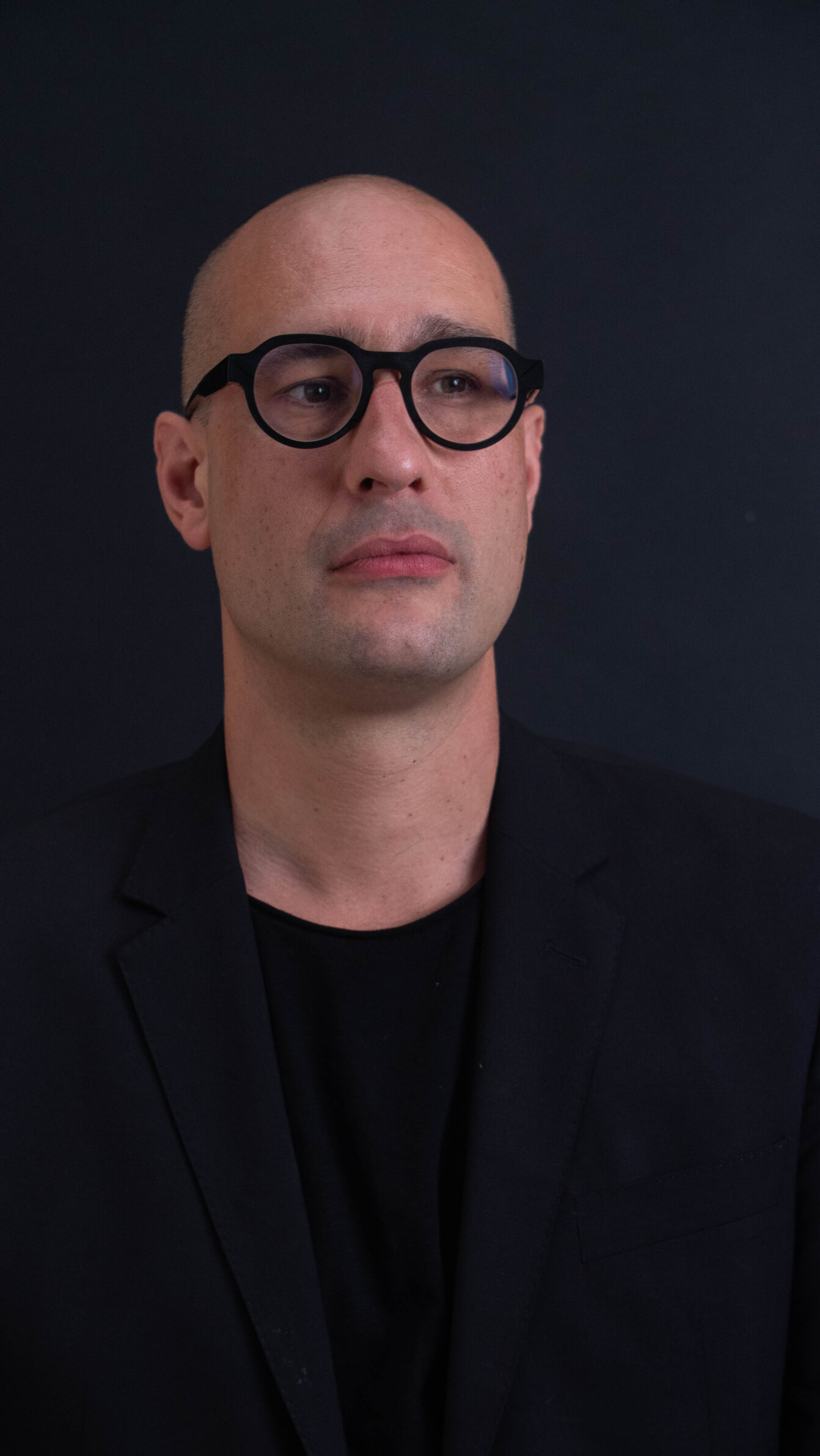
Adam Bence Kiss is a Budapest-based designer and founder of DBE.FURNITURE, a studio dedicated to creating distinctive storage furniture, wall panels, and wall art. His practice is defined by an innovative use of foamed aluminium, a material that combines technological refinement with an organic unpredictability in its texture. This duality allows Adam to evoke natural associations, from the cosmic origins of aluminium to the coral-like patterns of its surfaces, and to reimagine their place within contemporary interiors.
Adam explores the dialogue between nature, technology, and human craft, turning surfaces into experiences and objects into narratives. His philosophy embraces simplified forms enriched by emotionally charged surfaces, colours, textures, and material combinations – from foamed aluminium and brass to wood and glass -, imbuing each piece with a poetic quality that invites viewers to step outside the ordinary.
Seen internationally in both private collections and exhibitions, his work carries a consistent pursuit of “unexpected beauty.” They are furniture and wall installations that are modern yet timeless, emotionally resonant, and philosophically grounded. Not merely functional objects, they become aesthetic focal points, artworks that embody both material innovation and the deeper stories we project onto the things that surround us.
Project
Year of production
2024
Photography
Adam Bence Kiss
Edited by
Blažka Drnovšek


